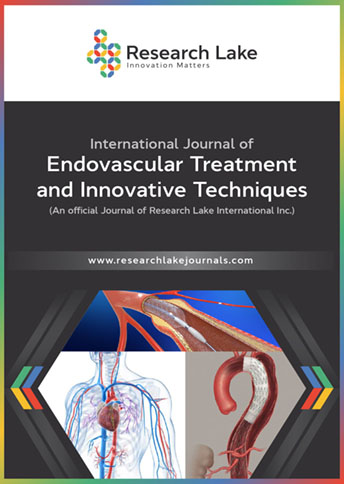TREATMENT OF THORACIC DUCT INJURY USING A COMBINATION OF PERCUTANEOUS AND ARTIFICIAL HEMATOMA TECHNIQUES: CASE REPORT
Abstract
Here, we report a successful case of a 22-year-old male patient with percutaneous closure of the thoracic duct (TD) using percutaneous techniques guided by computed tomography combined with nodal lymphography and embolization. The therapy was successful, with complete cessation of thoracic drainage. Chylothorax embolization is described as a minimally invasive that includes percutaneous transabdominal catheterization of the cisterna chyli and embolization of the TD at the point of leakage. The main advantages of these minimally invasive techniques are the use of only local anesthesia, low morbidity and mortality rates and fast response as well as the use of lymphography to identify points of leakage and anomalies in the branches of the thoracic duct. TD embolization was to be successful in over 70% of patients without appreciable morbidity or mortality. This case report demonstrates a procedure that has not previously been described as a minimally invasive technique for chylothorax. The therapy was successful, with the complete cessation of thoracic drainage on the fifth day after surgery.
Copyright (c) 2020 Elisa Carvalho de Siqueira

This work is licensed under a Creative Commons Attribution-NonCommercial 4.0 International License.
Copyright © by the authors; licensee Research Lake International Inc., Canada. This article is an open access article distributed under the terms and Creative Commons Attribution Non-Commercial License (CC BY-NC) (http://creativecommons.org/licenses/by-nc/4.0/).











